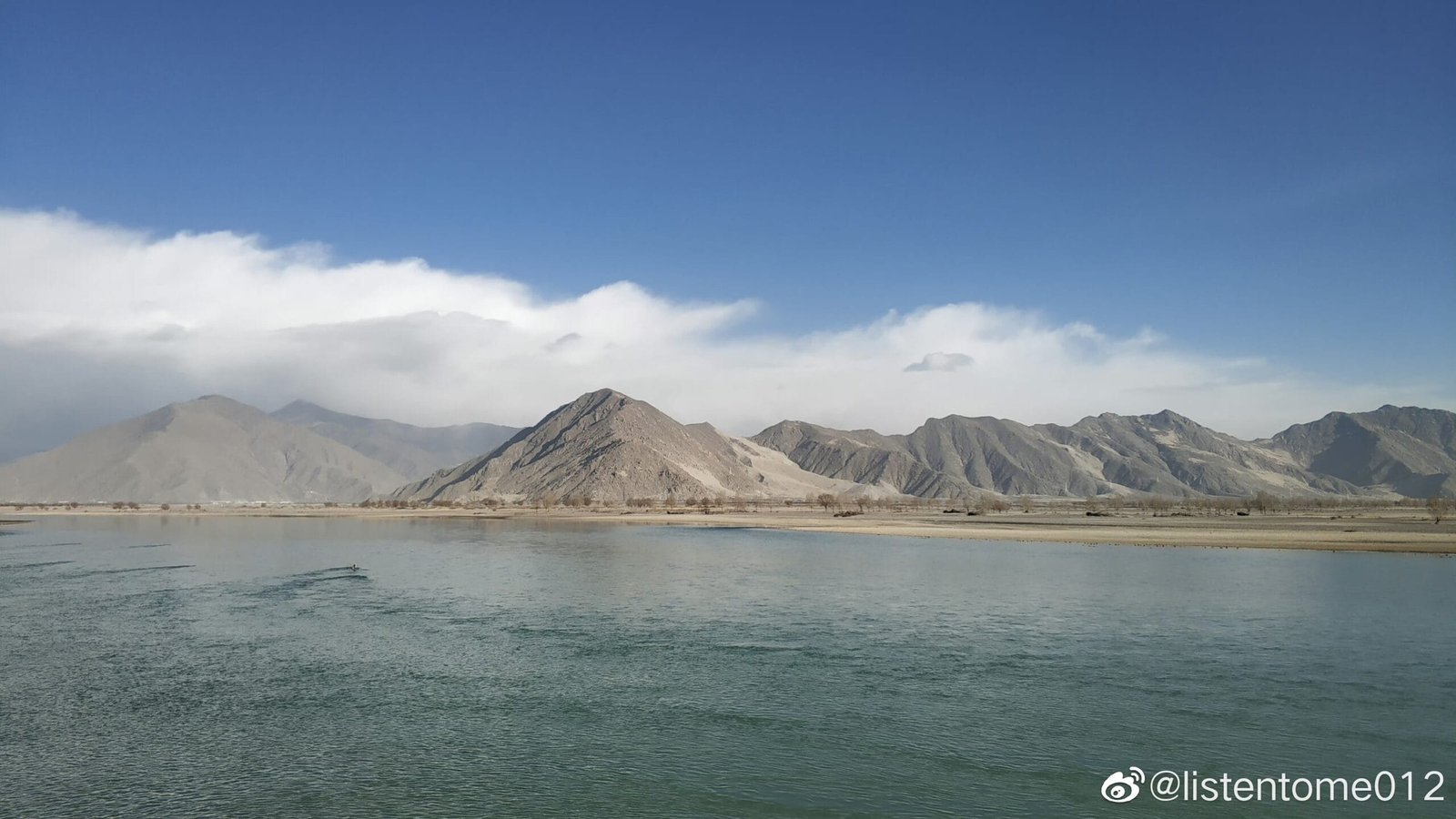The Gequ River is one of the key rivers in Riwoche County and is part of the Lancang River (Mekong) water system. Along with the Ziqu and Jiqu Rivers, it forms the primary hydrological network of Riwoche County. With an abundant annual runoff, the river provides a stable water supply for the region.
Kechu (also known as “Gequ”) (སྐེ་ཆུ) means “Neck River.” It is located within Riwoche County, northwest of the county seat. The river originates in Dingqing County. When it flows near the county seat, it merges with the Ziqu River coming from the east and is then called the Sechu River. The upper and middle reaches serve as natural pastureland, where yaks, dzo (hybrid cattle), and Tibetan sheep are herded. The lower reaches boast abundant forest resources and fertile farmland, where crops such as barley and wheat are cultivated.
Areas the River Flows Through
The river originates south of Zhabangguo in Dingqing Town, Chamdo Prefecture. It flows eastward into Riwoche County and turns southeast at Muchi Village in Changmaoling Township. From this point onward, the main stream is also known as Kechu (Gequ). It passes through villages such as Gongda, Shani, Longsang, Nabu, Puqiong, the Changmaoling Township government seat, Guolong Village in Kamado Township, and Jinglin Village. Finally, it merges with the Sechu River (Ziqu) at Sangduo Town, the county seat of Riwoche.
The river is 100 kilometers long, with a drainage area of 1,713 square kilometers and an elevation drop of 1,080 meters. The average annual runoff is approximately 600 million cubic meters. The Kechu (Gequ) River traverses multiple townships in Riwoche County, nourishing the land and shaping the local terrain. The county’s landscape follows the northwest-to-southeast direction of tributaries such as Jiqu, Chaiqu, and Gechu, creating a gradual elevation decline from west to east.
Ecological Environment
The river basin boasts a diverse ecosystem, surrounded by lush vegetation that serves as a habitat for various wildlife species. The Kechu (Gequ) River itself supports a rich aquatic ecosystem, playing a crucial role in maintaining regional ecological balance.
Geographical Features
- Location: Northwest of Leiwuqi County, Tibet
- Source: Dingqing County
- Tributary Merging: The Gequ River merges with the Zi River from the east near the county seat to become the Sequ River.
- Naming Significance: The name “Neck River” may refer to the river’s twisting path, resembling a neck’s curve or shape.
Ecological and Agricultural Importance
- Upper and Middle Reaches: Characterized by natural pastures, which provide excellent grazing grounds for yaks (牦牛), dzos (犏牛), and Tibetan sheep (藏系绵羊).
- Lower Reaches: Rich in forest resources and fertile farmland where crops like barley (青稞), wheat (小麦), and others are cultivated.
- Flora and Fauna: The river is also home to various plant species and supports the grazing of livestock throughout its course.
Cultural and Economic Role
The Gequ River is vital to the local economy and culture, supporting traditional Tibetan pastoral life while also contributing to agriculture in the lower reaches. Its resources sustain both the livelihoods and cultural practices of the communities in the region.
Economic Impact
The river provides essential irrigation for local agriculture and livestock farming, supporting Riwoche County’s semi-agricultural, semi-pastoral economy, which is primarily focused on animal husbandry. Additionally, its abundant water resources offer potential opportunities for hydropower development and other water-related industries.
Cultural Significance
The Kechu (Gequ) River holds cultural and symbolic importance in Riwoche County, closely intertwined with local traditions, religious beliefs, and folklore. Some water-related rituals and traditional practices may have connections to the river, reflecting its deep-rooted presence in the local heritage.









